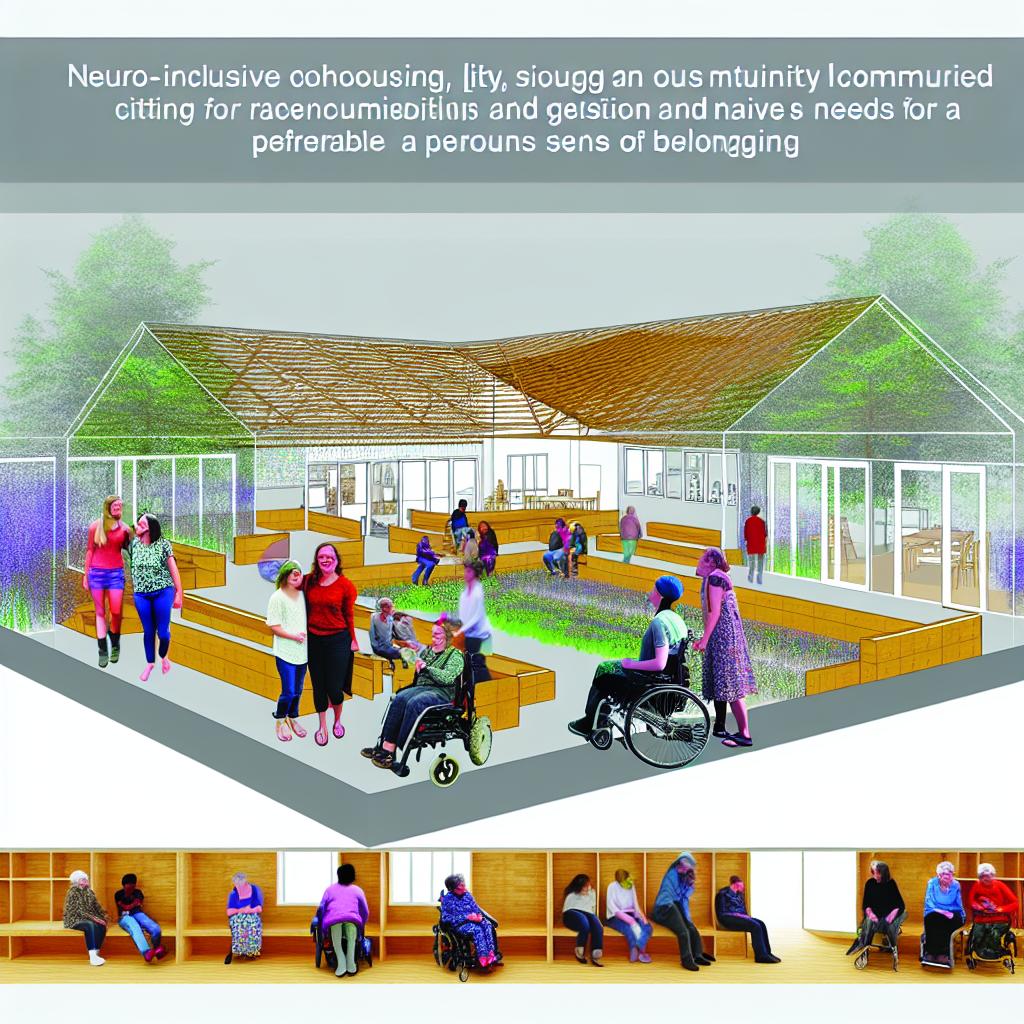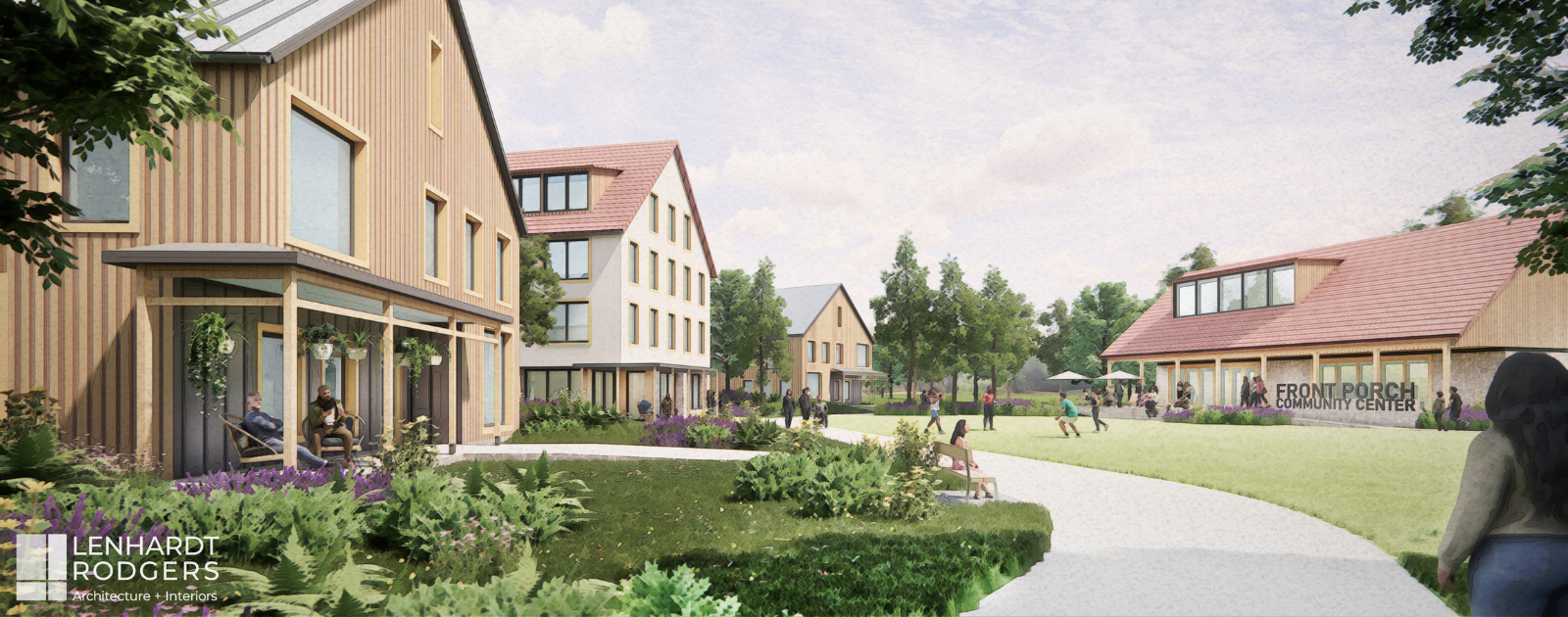The Many Benefits of Inclusive Cohousing
 Jim Richardson
·
2 minute read
Jim Richardson
·
2 minute read
In recent years, the average American household has been spending an increasingly large percentage of its budget on housing costs. According to the U.S. Bureau of Labor Statistics, as of 2019, the average household was spending 33.8 percent of its budget on housing-related expenses. This cost includes not only rent or mortgage payments but also home maintenance, furnishings, utilities, and more. Thankfully, there are alternatives to traditional living arrangements that can help reduce your overall housing cost while providing other benefits. One such alternative is cohousing.
Cohousing communities, sometimes called intentional communities, are groups of people who choose to live together in a way that fosters connection and community. These communities typically own or rent their living spaces together and share common areas, such as kitchens, laundries, gardens, and play areas. The aim of cohousing is to create close-knit relationships among residents while still allowing for privacy when desired. In addition to saving money on things like rent and utilities, cohousing can provide social benefits, especially for elderly folks who might feel isolated in an increasingly digital world. Cohousing can also be a good way for young people just starting out in a new city to meet people and make connections. Let’s take a look at this special type of living arrangement and how sharing space might work for you.
How Cohousing Works
Cohousing communities are typically made up of 20 to 30 households who live in individual homes or apartments but share common areas, such as kitchens, dining rooms, laundries, gardens, and play areas. The common areas are designed to encourage social interaction among residents while still allowing for privacy when desired. For example, some cohousing communities have small “pod” apartments that open up into a shared kitchen and dining area so that residents can interact with their neighbors while cooking or eating meals. Other common features of cohousing communities include shared workspace spaces, libraries, and recreation rooms. Some cohousing communities even have on-site child care facilities and elder care facilities so that residents can age in place without having to move away from their community.
One of the key principles of cohousing is active participation from all members of the community. This means that everyone has a say in how the community is run and how common spaces are used and maintained. Residents typically form committees to handle the day-to-day operations of the community and make decisions about things like budgeting, event planning, communal meals, housekeeping responsibilities, etc. In addition to making sure that everyone has a voice in decisions about the community, this system also helps build relationships among residents since they are working together on projects and initiatives.
The Benefits of Cohousing
There are many benefits to living in a cohousing community. Perhaps the most obvious benefit is that it can save you money since you will be sharing some of your housing costs with your neighbors. But there are other financial benefits as well—for example, because cohousing communities are designed with sustainability in mind, you may find yourself spending less money on things like utilities thanks to features like solar panels or green roofs.
In addition to saving money, cohousing can provide social benefits by fostering closer relationships among residents. Studies have shown that people who live in close-knit communities have better mental health outcomes than those who live alone or who do not have strong social connections. So if you’re feeling isolated or disconnected from your neighbors, cohousing might be a good option for you! Cohousing can also be a great way for young people just starting out in a new city to meet people and make connections since you will already have built-in opportunities to interact with your fellow residents on a regular basis.
Conclusion:
If you’re feeling isolated or disconnected from your neighbors or if you’re looking for ways to save money on your housing costs without sacrificing quality or amenities, then cohousing might be right for you! Cohousing communities offer everything from shared workspace spaces and libraries to communal meals and recreation rooms—all while fostering close relationships among residents thanks to features like small “pod” apartments that open up into shared kitchen and dining areas. So if you’re interested in exploring an alternative living arrangement that could provide financial and social benefits alike, let’s connect.



